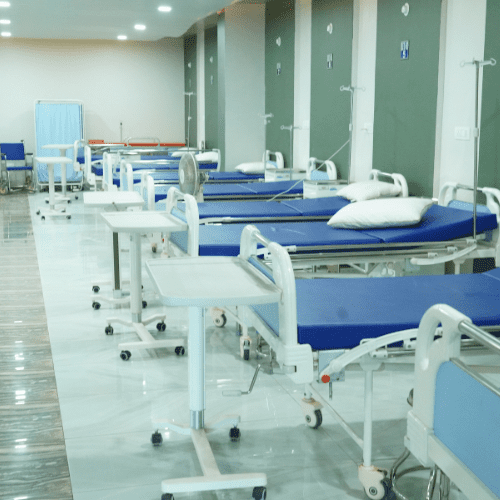The Indian pharmaceutical industry has emerged as a formidable player on the global stage, showcasing remarkable growth and innovation. However, when comparing its performance to other emerging markets, certain dynamics come into play that highlight both strengths and weaknesses. This article delves into the comparative performance of Indian pharma against its global peers, particularly in emerging markets, while also identifying key factors that contribute to India’s competitive edge.
Analyzing Growth Trends in Indian Pharma vs. Global Peers
The Indian pharmaceutical sector has consistently demonstrated robust growth, with a market size projected to reach $130 billion by 2030. This growth trajectory is attributed to an increasing demand for affordable medications and a strong focus on research and development. In contrast, emerging markets, such as Brazil and China, exhibit varied growth rates influenced by regulatory hurdles and market maturity. While these markets are also expanding, India’s agile regulatory environment and well-established supply chain systems give it an advantage.
Moreover, the COVID-19 pandemic has accelerated digital transformation in the Indian pharma sector, facilitating greater access to remote healthcare solutions. This shift has not only led to the development of telehealth services but has also spurred investments in biotech startups. On the other hand, many emerging markets are still grappling with infrastructural challenges and limited access to advanced technology, which hinders their growth potential. The disparity in digital adoption rates underscores India’s position as a leader in pharmaceutical innovation.
Additionally, India boasts a unique blend of generic and patented drug manufacturing, setting it apart from its global peers. While countries like Brazil and Mexico focus more on generics, India’s capability to produce both generic drugs and innovative therapies allows it to cater to a wider market. This dual approach is essential for addressing the healthcare needs of diverse populations, ensuring that India remains a go-to destination for pharmaceutical companies looking to launch new products.
Key Factors Driving India’s Pharma Edge Over Emerging Markets
One of the primary factors driving India’s pharmaceutical success is its robust talent pool. With a strong emphasis on education and research, India produces a significant number of skilled professionals in fields like chemistry, biology, and pharmacology annually. This highly educated workforce propels innovation, allowing Indian companies to stay ahead of the curve. In contrast, many emerging markets face challenges related to brain drain and limited access to quality education, impacting their pharmaceutical sector’s growth.
Regulatory frameworks in India have also evolved to foster a favorable environment for pharmaceutical companies. The Drug Controller General of India (DCGI) has made strides in streamlining approval processes, making it easier for companies to bring new products to market. This regulatory agility contrasts sharply with other emerging markets that may have bureaucratic obstacles slowing down drug approvals. Consequently, India’s proactive regulatory stance enhances its attractiveness for international investments and collaborations.
Lastly, the Indian government’s initiatives such as "Make in India" and significant funding for research and development have further solidified the country’s pharmaceutical landscape. These policies encourage domestic and foreign investment in manufacturing and innovation. While other emerging markets may offer competitive labor costs, India’s comprehensive approach to policy-making, investment, and infrastructure development creates a more robust ecosystem for pharmaceutical growth.
In conclusion, the comparative performance of the Indian pharmaceutical industry against other emerging markets reveals distinct advantages rooted in its growth trends, talent pool, and regulatory frameworks. While challenges remain in sustaining this momentum, India’s strategic initiatives position it favorably in the global pharmaceutical landscape. As emerging markets continue to evolve, India’s ability to adapt and innovate will be critical in maintaining its competitive edge. The future of Indian pharma looks promising, but it will require ongoing commitment to excellence and investment to secure its place as a global leader.




